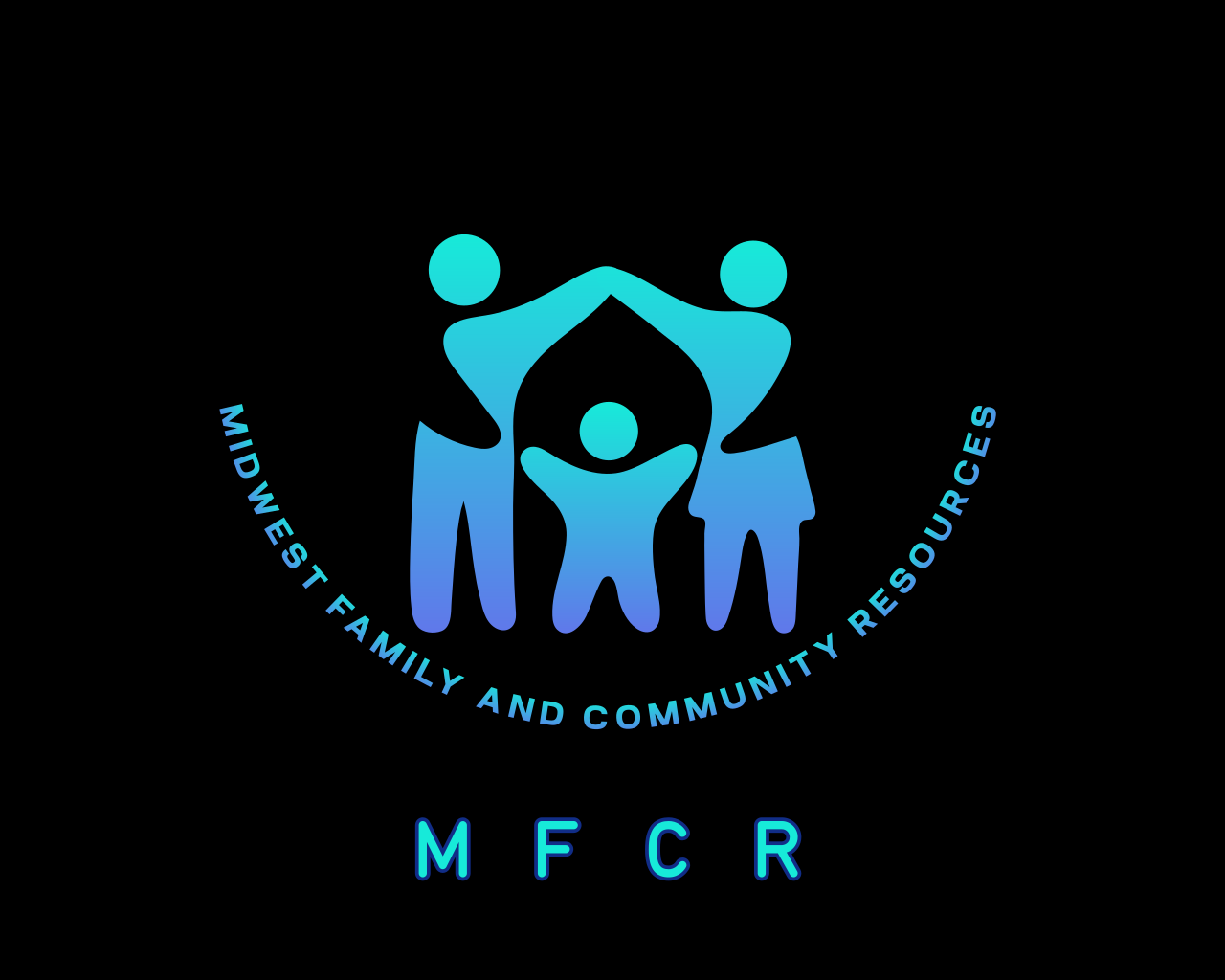
Ecosystemic Treatment – Ecosystemic Structural Family Therapy (ESFT) is a treatment model that helps families and children with behavioral or relational problems. ESFT is based on the idea that a child’s and their parents’ functioning is linked to their relational environments and is best understood and treated within the context of family and community. Utilizing this model, MFCR staff work with the child, family, home, and community network to help families establish new interaction patterns.
Wholistic Patient Care – Treating the whole patient, also known as whole-person care, is a patient-centered approach that considers a patient’s physical, mental, emotional, and spiritual health, as well as their unique needs and preferences. This model recognizes that health outcomes are influenced by many factors, including: biological makeup; unhealthy behaviors, such as poor diet, sedentary lifestyle; chronic stress, and poor sleep; social aspects of life, such as the conditions in which people are born, grow, live, work, and age; and the patient’s ability to get access to care. MFCR utilizes the whole patient approach to treatment.
Value-Based Care – Value-based care is a term that health care professionals sometimes use to describe health or clinical care services that are designed to focus on quality of care, provider performance and the patient experience. The “value” in value-based care refers to what an individual values most. In value-based care, therapists, counselors and other health care providers work together to manage a person’s overall health and well-being, while considering the individual’s personal health goals. [Click to see more]
For example, appointments for various different services might be coordinated whereby the client can address a variety of needs in a single visit. This approach to care can more proactively help people avoid the need for more intensive or critical emergency services.
MFCR’s network of value-based service providers are prompted to implement the most effective models of care by: talking to each other and coordinating care across practices and appointments; and focusing on an individual receiving care as a whole person by helping them address their clinical and holistic needs.
Aspects of the value-based model include:
- Integration of primary care and medical specialty care
- Locating hard to reach members
- Care coordination
- Assignment of a therapeutic team specific for the patient’s needs
- Utilization of patient advocates
- Family therapy services to strengthen or develop the patient’s support system
- Outcomes tracking to measure qualitative patient improvement
- Social services integration
Lean Six-Sigma – Lean Six-Sigma is a method for managing business operations in order to ensure the highest level of effectiveness, efficiency and consumer satisfaction. It’s key focus centers on reducing waste and reducing process variation. It combines Lean Management and Six Sigma to increase the speed at which value is created in operational and service delivery processes. [1, 2]
Principles of Lean Six Sigma include:
Prioritizing the customer,
Identifying and focusing on problems,
Removing bottlenecks and variation,
Training team members and communicating clearly, and
Being flexible and responsive. [3]
The six steps of Six Sigma are:
Define,
Measure,
Analyze,
Improve,
Control, and
Verify. [4]
The Objectives of Six Sigma are:
Reduce cycle time,
Reduce errors,
Eliminate defects,
Improve quality,
Improve customer satisfaction
[1] https://en.wikipedia.org/wiki/Lean_Six_Sigma
[2] https://www.investopedia.com/terms/l/lean-six-sigma.asp
[3] https://www.purdue.edu/leansixsigmaonline/blog/lean-six-sigma-principles/
[4] https://isolocity.com/what-are-the-six-steps-of-six-sigma/
